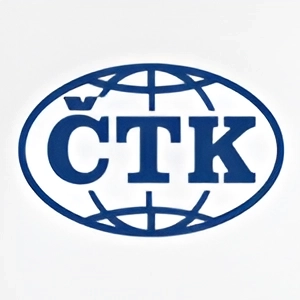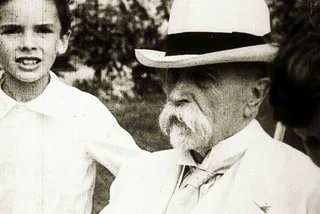According to an assessment report by the Committee of Experts of the European Charter for Regional or Minority Languages (ECRML), the Council of Europe (CE) called on the Czech Republic to further increase the use and protection of minority languages.
In a report issued today, a group of experts acknowledged that the Czech Republic has made progress in expanding the use of German, but noted shortcomings in other minority languages.
Moravian Croatian among minority languages
The report positively assesses the increased use of German in Cheb, Karlovy Vary, Sokolov, Liberec, Ústí nad Labem, Český Krumlov, Opava and Svitav. The committee believes the availability of education and media in German will increase, and the language will be more widely used in official contacts.
The ECRML charter came into force in the Czech Republic in 2007, applying to Slovak, German, Polish, Roma, and Moravian Croatian.
The report highlights that only Polish is currently used as the main language of instruction in primary and secondary schools in areas with significant Polish minorities. German is taught as a foreign language, and the other minority languages are not taught.
Czech population by mother tongue (according to 2021 census)
- Slovak – 150,738
- Ukrainian – 88,873
- Russian – 59,560
- Vietnamese – 43,822
- Polish – 30,183
- English – 13,997
- German – 10,151
- Hungarian – 8,533
- Roma – 4,280
- Moravian – 16,523
- Undetected – 759,394
The CE recommends legal provisions include using minority languages in Czech courts, not just with authorities. The Czech Republic should also extend broadcasting time for programs in Polish and introduce broadcasting in other minority languages.
Bilingual orientation signs should be added in areas inhabited by Polish speakers, as they are not present in all municipalities where the minority is represented. The report points out that the 10 percent minority population threshold for installing such signs is problematic and creates uncertainty in many municipalities.
UNESCO’s World Atlas of Languages provides a more granular breakdown of languages and dialects spoken in Czechia and endangered languages (including sign language and Sinti).
Highets number of English speakers in Prague
According to the latest Czech census, Czech was the predominant mother tongue in all regions, with the lowest population of Czech speakers (82.5 percent) in Prague – after Czech, Ukrainian, Russian, and Slovak comprise the most spoken languages, respectively, at 2 percent of languages spoken.
The census reports that more English speakers live in the Czech capital than anywhere else (7,529). The second largest population of native English speakers is in the Central Bohemian region (1,587) followed by South Moravia (1,573).
The highest number of Czech speakers (96.7 percent) are found in the Vysočina Region. A higher share of the population reporting Moravian as their mother tongue is located in South Moravia (0.8 percent), Zlín (0.6 percent), and Olomouc (0.5 percent) regions. The census data includes only persons with one mother tongue listed.













 Reading time: 2 minutes
Reading time: 2 minutes 

























